Antarctica Travel Accessories
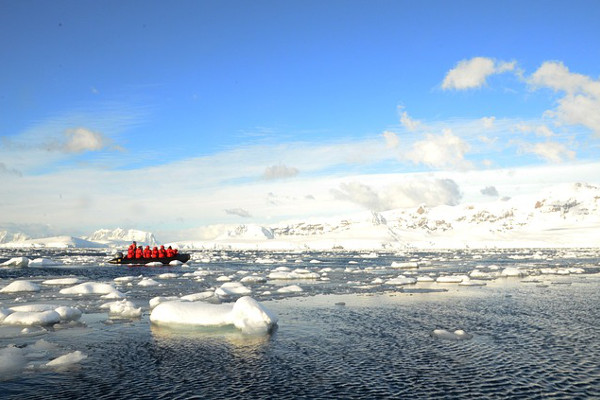
There are various Antarctica travel accessories that you should consider taking on your trip.
To help get you started we have put together a list below of the most important Antarctica accessories.
Accessories
Water Bottle
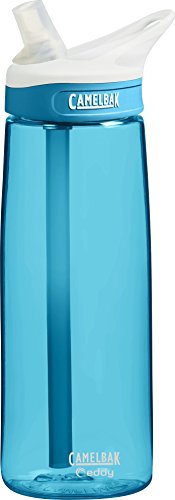
A good water bottle is always a must. Keeping properly hydrate, even in cold conditions, is vital. We would suggest drinking at leat 2 litres of water a day. A great quality water bottle is the plastic Camelbak Eddy which comes in 0.75L and 1L variations.
It is common for water to freeze in Antarctica when on-shore, a good way to avoid this is to insulate your water bottle in one of your spare thermal socks.
Another good tip is to keep your water bottle upside down in your daypack as the water will freeze at the top end first.
Sunscreen
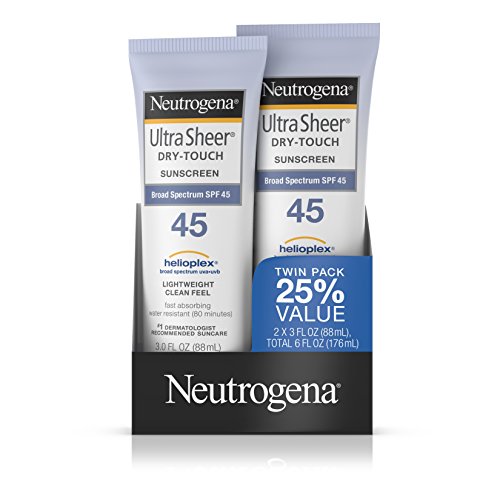
Although it sounds odd, getting sun burn in Antarctica is all too frequent.
The latitude of the South Pole makes for a strong UV intensity, as does the snow refection! Therefore, you’ll want a sunscreen with a SPF factor of greater than 30.
A good suncream option is P20.
Powerstrip
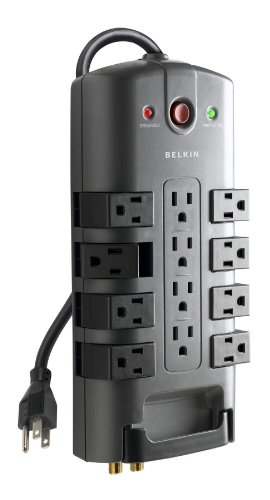
Power points are not common on cruise ships and with the amount of electronics we now travel with, it’s a great idea to bring a power strip to make the most of any power point you come across.
We suggest buying a lightweight powerstrip that will enable you to plug in all your electronic devices in one spot.
Binoculars
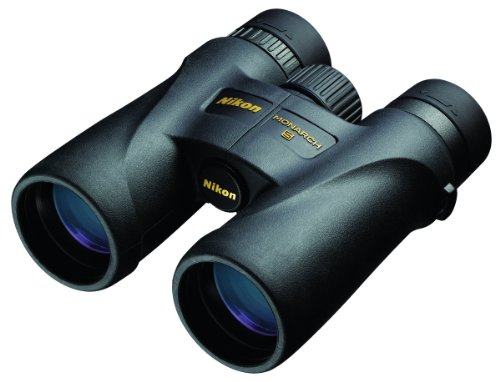
We can’t recommend a good quality pair of binoculars enough for your Antarctica trip. A great piece of kit to see wildlife. Anyone who does not have a pair will be jealous when they hear the pleased noises of their fellow cruisers looking through their binoculars at a far away animal.
You’ll need to decide on whether you want a long-range pair or a shorter range pair that is more compact and light.
As with most things, price reflects quality. A really good pair will set you back well in excess of a US$1,000, however, depending on your requirements and fussiness, you can get some great pairs for much cheaper. Once again though, because these are optical instruments with many expensive parts, the more expensive the binocular the better image quality you’ll get. Really good binoculars will last you years and years.
An important aspect to note here is that higher magnification is not necessarily better.
Higher magnification binoculars are often darker, have a shallow depth of field and accentuate hand shake. They also cost more for the same quality. When choosing your binoculars you’ll want to look out for things similar to choosing a camera lens. These include edge sharpness, colour quality, resolution, depth of field and close focus quality. Also take into account build quality and whether your binoculars are waterproof. You don’t want to fall in the snow and then discover your binoculars are not working.
We tend to go for high quality smaller magnification binoculars as these are compact and easy to carry around, but also provide great optical quality. We would suggest a magnification of 8 x 32 or 8 x 42 or similar. If you’re looking for a budget option that is still great quality then we would recommend the Nikon Monarch range – particularly their 8 x 42 model.
For a higher end option we would strongly recommend the Canon Image Stabilization All-Weather Binoculars. These beauties are absolutely cracking and the image stabilization is a real bonus! For really top end binoculars we recommend the Swarovski Optik Swarovision range. These are simply the best image quality you can get and, if you can afford them, buy them.
Camera
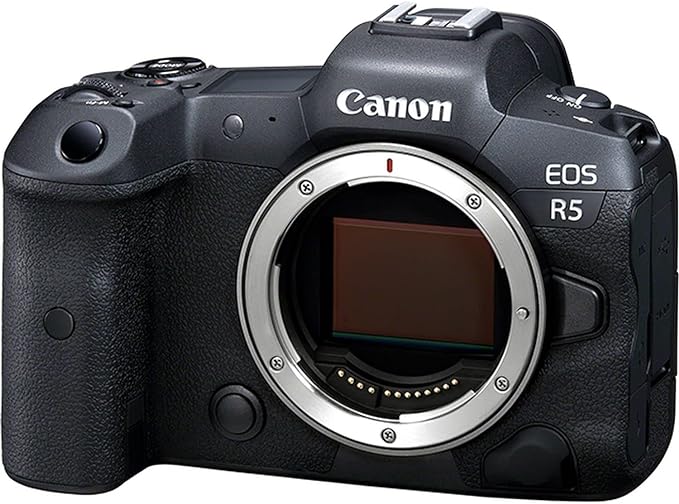
The landscape and wildlife of Antarctica is extraordinary. Bringing a good camera to capture your experience is crucial, however, finding the best camera for Antarctica can be tricky. Everyone has their own take on cameras these days and, if your seriously planning on visiting Antarctica, you probably already own one.
Like the above mentioned binoculars, the more you pay the better image quality your going to get – Although this is also dependent upon lens quality.
A good quality DSLR is probably the way to go if your serious about your photography. However, in recent years, mirrorless cameras are becoming ever more popular.
Firstly, there are two types of sensors – full frame and cropped sensor (APS-C).
A full frame sensor essentially means you’ll be getting a wider exposure and a cropped sensor acts like magnification as it crops the view you’re looking at.
Generally, landscape photographers will use a full frame sensor whilst wildlife photographers will use a cropped sensor.
However, this varies depending on the photographers style and lens magnifications.
When choosing your camera you will need to take into consideration aspects such as ISO range (how well it shoots in low light), mega pixels (how large your image can be blown up to) and FPS (how fast your camera can shoot).
Best Cameras for Wildlife Photography

The most popular wildlife camera in the world is probably the Canon EOS R5 and the Sony A9 III. Both have cropped sensors and extremely fast shooting speeds (the Sony does a crazy 120fps), and have great ISO range for low light shots. We personally use the Sony A9 III and can’t fault it! Professional wildlife photographers often use the full frame Canon 1DX (mark IV), however, this is usually in conjunction with a hefty 500mm or 600mm lens. The Canon EOS R5 is simply the best for auto focus precision. If you’re a Nikon person then we recommend the Nikon Z9 – brilliant wildlife camera!
Best Cameras for Landscape Photography
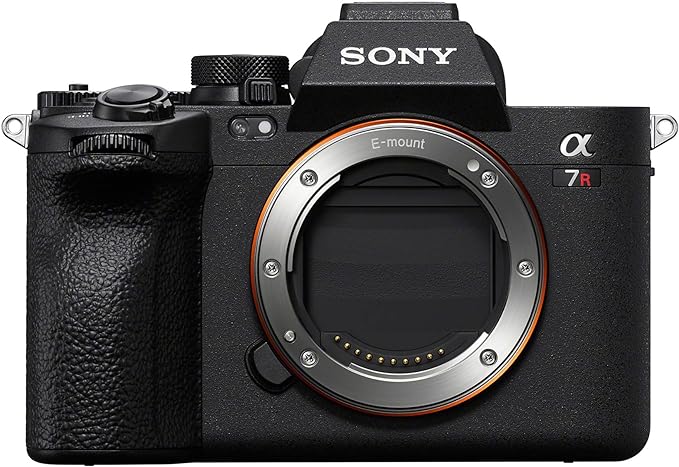
If you’re into landscape then the Canon 5D range is a great option, but the Canon EOS R5 is top of the range, but comes at a professional cost level. For Nikon the best full frame option is the Nikon Z7 II, however, this is also pricey – but great image quality! The cheapest option for a full frame Canon is the Canon EOS R which is fantastic, and also the Nikon D7000.
Please note that because of the extreme cold weather in Antarctica, this can affect your camera equipment. We strongly advise you bring a dry-bag and several seal-able bags to store your camera gear. For our article on Antarctica photography tips click here.
Camera Lens
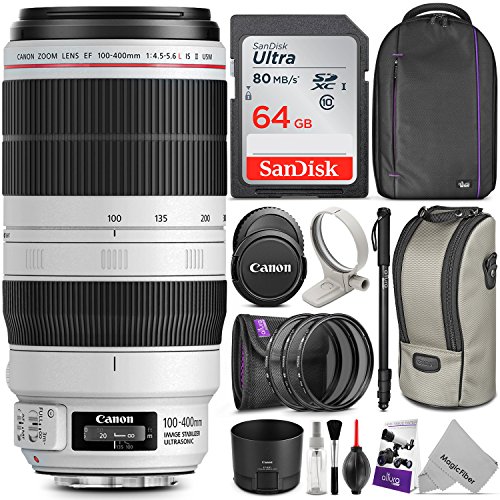
Lenses tend to be very personal decisions depending on what you’re trying to shoot. Like anything optical, great quality comes at a greater price. Canon and Nikon are the market leaders here, although Sony is starting to push, particularly in the professional sphere.
You first need to decide if you want a prime lens or a zoom lens. Prime lenses have a fixed focal length and don’t allow to zoom in and out from your subject.
However, what they lose in versatility, they gain in image quality. Because prime lenses are solely built for one focal length, that focal length is generally of a very high quality. Top line zoom lenses certainly provide great quality images, however, they will never quite match their prime lens equivalent in the same price bracket.
This being said, zoom lenses are certainly more versatile and will often allow you to capture shots you would have other wised missed with a prime lens. The decision is yours. What you will need to take into account for your Antarctica trip is weight.
Generally, the higher (longer) the focal length, the bigger and heavier the lens will be.
Both Canon’s 500mm and 600mm prime lens are enormous for example and quite impractical for your trip – assuming you are not a professional.
The Canon EF 400mm f/5.6L USM Super Telephoto Lens is borderline and anything lighter is great.
One of the most popular wildlife zoom lenses is the Canon EF 100-400mm f/4.5-5.6L Mark II.
Whilst this an exceptional lens, the weight and size of it should be considered. For your Antarctica trip a better option may be the Canon EF 70-300mm f/4-5.6L IS USM UD Telephoto Zoom Lens or the Canon EF 28-300mm f/3.5-5.6L IS USM Lens.
For Nikon we recommend the Nikon 70-300mm f/4.5-5.6G ED IF AF-S VR Nikkor.
For landscape the best option is a short focal zoom lens. The best Canon options are probably the Canon EF 16-35mm f/2.8L ll USM Zoom Lens and the Canon EF 24-105mm f/4 L IS USM Lens. Both lenses offer image stabilization and an image quality that is to die for!
Nikon’s best landscape lens is probably the Nikon AF-S FX NIKKOR 24-70mm f/2.8E ED Vibration Reduction Zoom Lens with Auto Focus. Such a good all-round landscape lens! Great shallow aperture of 2.8, although this does come at a price.
Video Camera
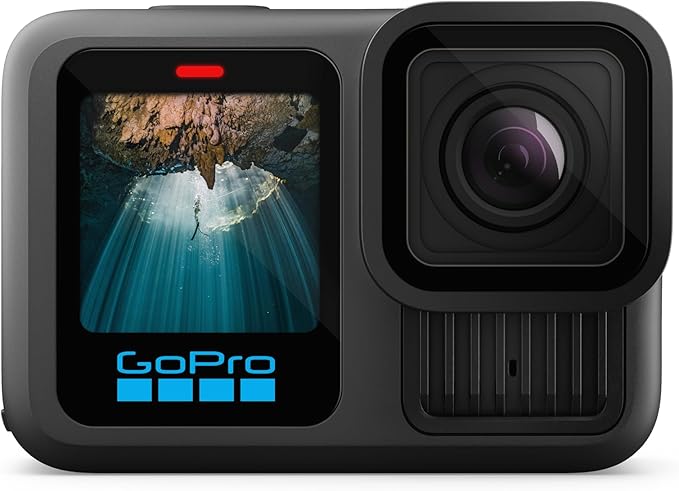
There is definitely no better camera to capture your Antarctica experience than the GoPro Hero. Especially true if you’re planning on doing some cool activities like kayaking! The footage you can capture with a GoPro in Antarctica is simply breathtaking.
Each GoPro package includes a 131’/40m Waterproof Housing, Higher Capacity Li-ion Battery, Wi-Fi Remote, Quick Release Buckle, 1 Curved + 1 Flat Adhesive Mount, Vertical Quick Release Buckle, 3-Way Pivot Arm and a USB Charging Cable. Capture your Antarctica experience like a Pro!
Check out prices for the GoPro Hero on Amazon now!
Tripod
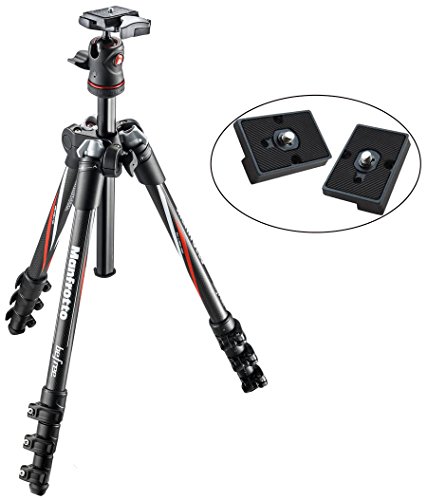
With so many tripods of differing sizes and shapes, it’s often difficult these days to tell how good one is! The question you need to ask yourself for your Antarctica trip is – how often am I going to be using a tripod?.
If it’s all the time for every shot, then investing in something like a Manfrotto MKBFRC4-BH Carbon Fiber Tripod with Ball Head is probably the best idea as it’s the best quality on the market and made from super light carbon.
If you’re shooting wildlife with fast shutter speeds, you may not be to bothered about a tripod. However, it’s still good to have one just inn case. There is one tripod we never go anywhere without, and that’s the JOBY GP3-BREN GorillaPod SLR-Zoom GP3+BH.
This thing is super small and light and, best of all, it’s flexible! t definitely should be one of your key Antarctica travel accessories. The Joby tripod can literally wrap its legs around anything – including a ship’s rail!
The Joby is the perfect traveling tripod for Antarctica.
SD Card
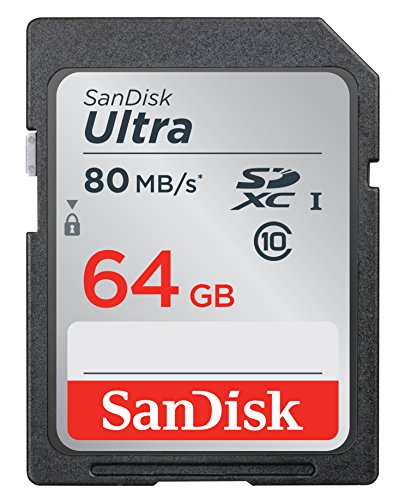
You’ll want a good-sized SD card to store the hundreds of photos you’ll be taking! Try to avoid anything below 32BG.
Great SD cards include the Sandisk Extreme and the PNY Elite Performance.
Spare Batteries
Ear Plugs
Small Lock
Antarctica ships are super safe and there is absolutely no criminal activity on them.
However, you’ll most likely be staying in South America before your trip begins and it is always wise to bring a couple of small locks to lock up your main travel bags, especially the ones carrying cash or passports.
Medications
There will probably be a doctor on board if you develop any serious medical problems on your journey.
However, for smaller issues like aches and pains, we recommend bring some standard pain killers. Your cruise will have these on-board, but it never hurts to bring your own.
Please remember any other medication you need as there are no on-board pharmacies! Another good thing to bring is blister plasters – Compeed do the best.
Book / Kindle
Relaxing by reading a book is a favourite of many Antarctica travelers and should be one of your key Antarctica travel accessories.
A standard Antarctica trip will be roughly 2 weeks long, therefore, it is probably better to bring a Kindle as you can read several books without compromising on space. We recommend the Kindle Paperweight Edition – glare free and super light!
You can see our Resources page for some great Antarctica book recommendations.
Antarctica Gear List Continued
Antarctica Clothing – From your base layers to your outer core shell jacket.
Antarctica Footwear – From waterproof boots to socks.
Headgear and Gloves – Gear to keep your head and hands warm, as well as recommendations on Antarctica headlamps.
Bags and Daypacks – From the Antarctica kit bag to your general day-pack.
FAQ
If you would like to know more about your Antarctica accessories please leave a comment below and we will endeavor to get back to you within 24 hours! Alternatively, please see our FAQ page here. If you would like to get a cruise quote, please use this form.
Thank you - AntarcticaGuide Team
Tags: Antarctica accessories, Antarctica travel accessories, Accessories for Antarctica, Antarctica cameras

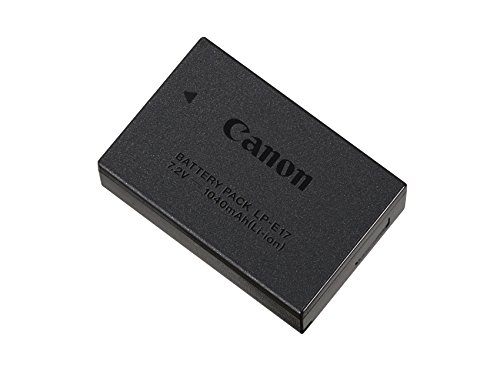
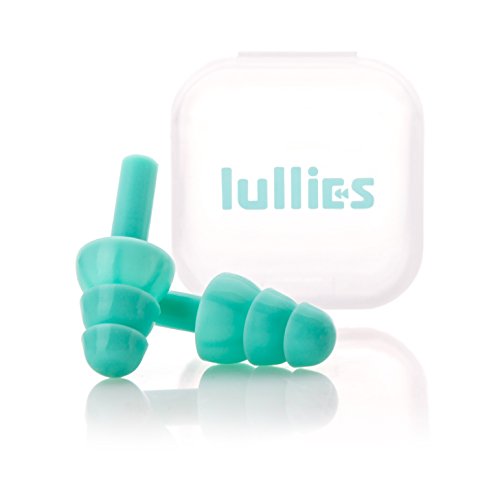
jon ringbom says
6 years ago
Burnham Arlidge says
6 years ago
Garry says
6 years ago
Burnham Arlidge says
6 years ago
Jack Whitaker says
5 years ago
Burnham Arlidge says
5 years ago
Leah Sobol says
5 years ago
Would you kindly tell me if my Sony RX100 V Will be functioning well in Antartica (I also have a III s a second camera). As I am 78years young I have renounced carrying heavier cameras....It seems a bit unnecessary buying a recommended canon for that wonderful cruise on Ocean Diamond from 19 December to 9 January... Would like your sincere honest opinion and advice...Kind regards
Burnham Arlidge says
5 years ago